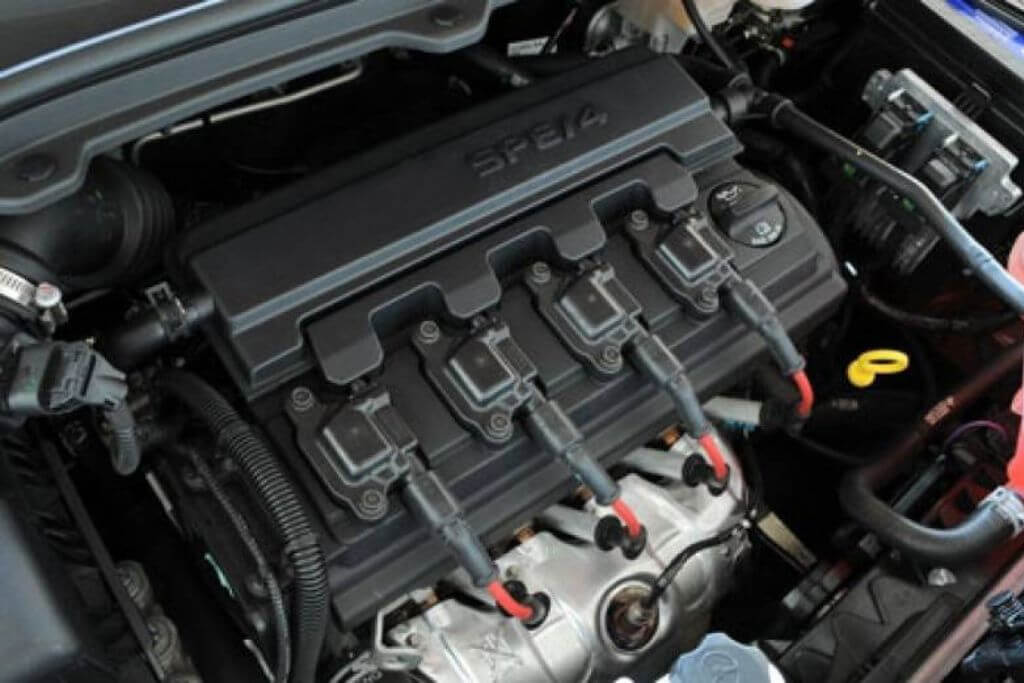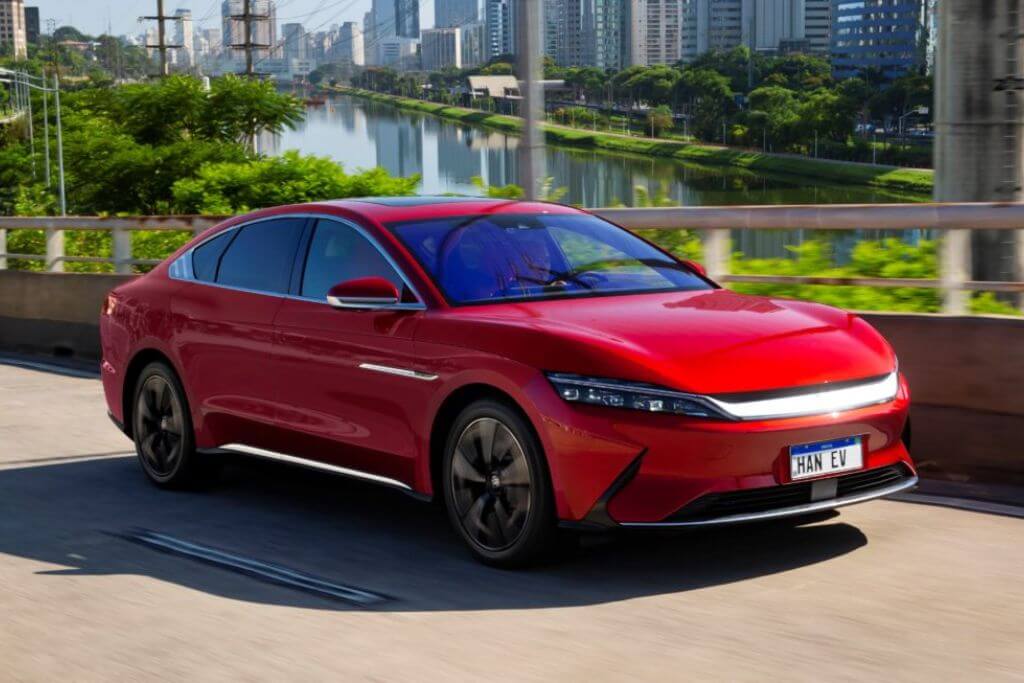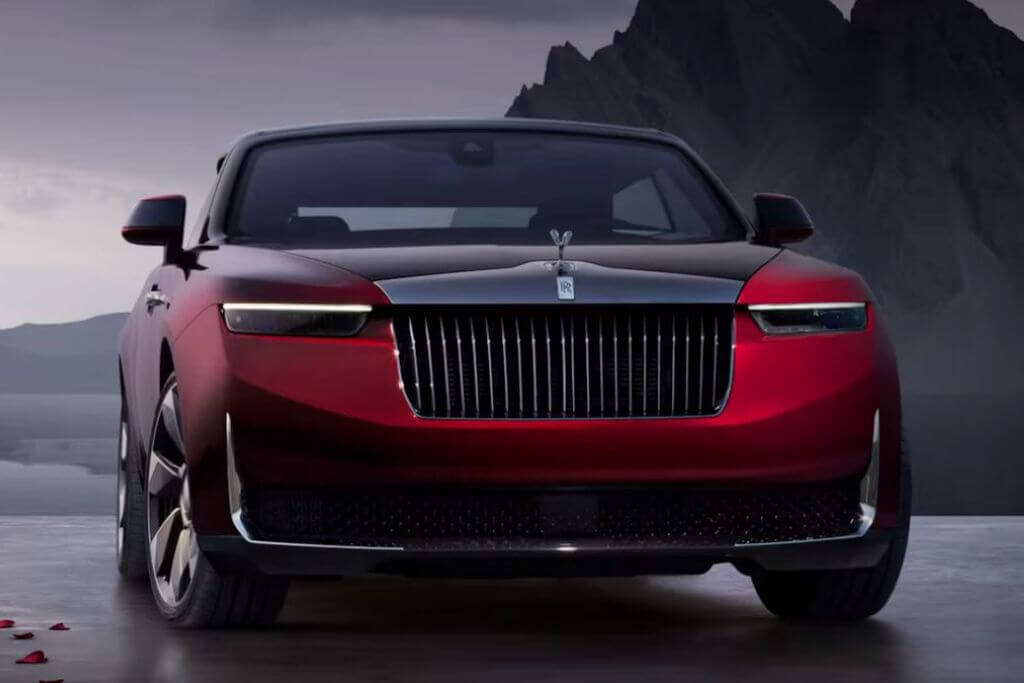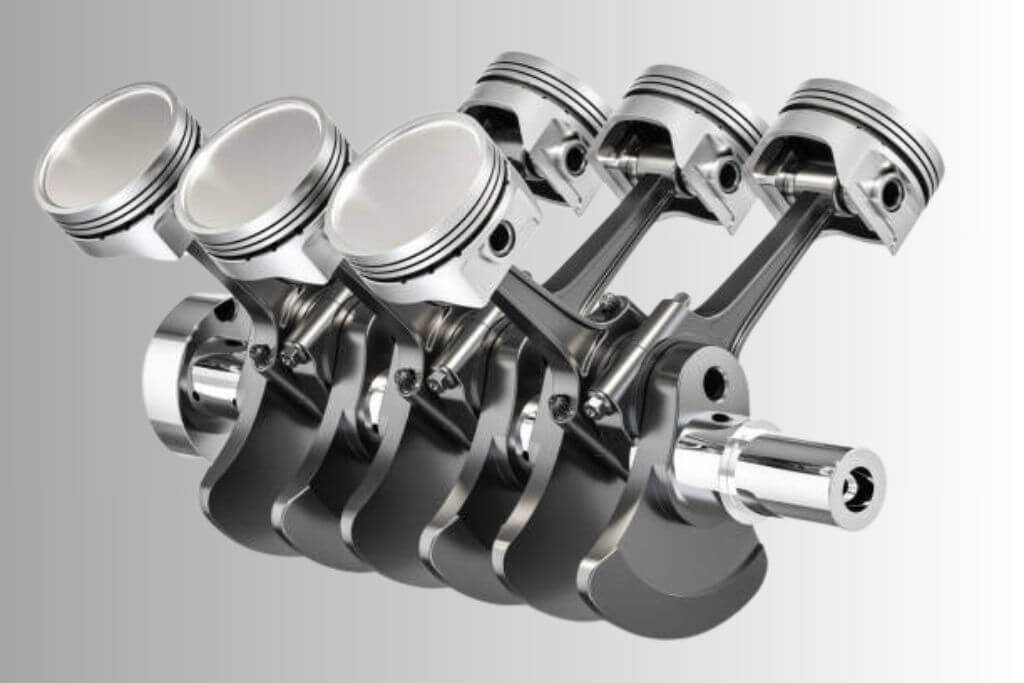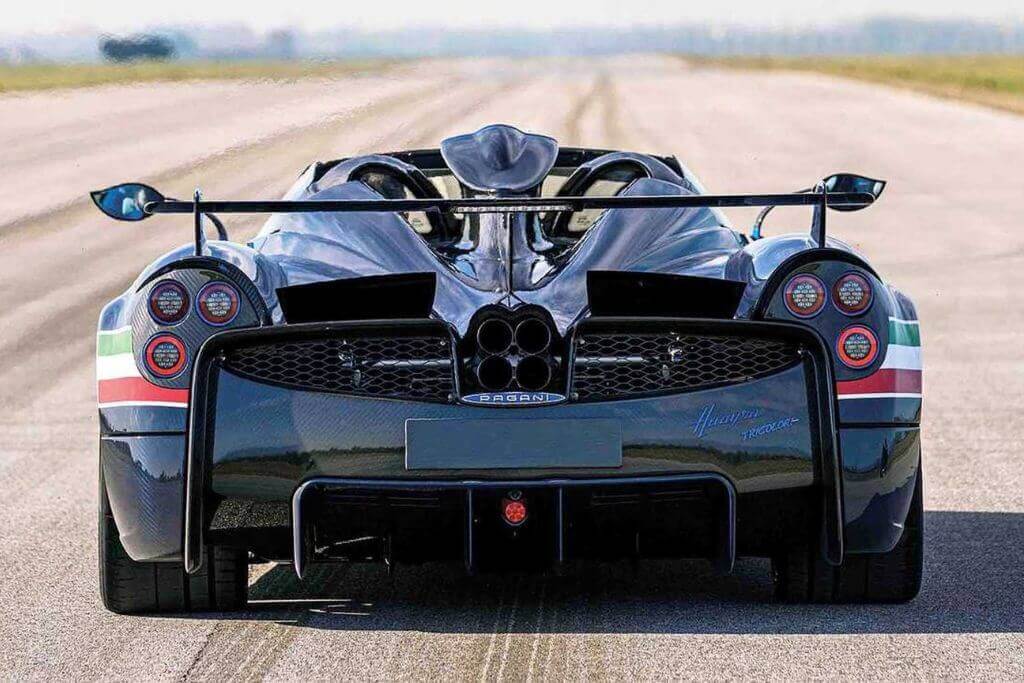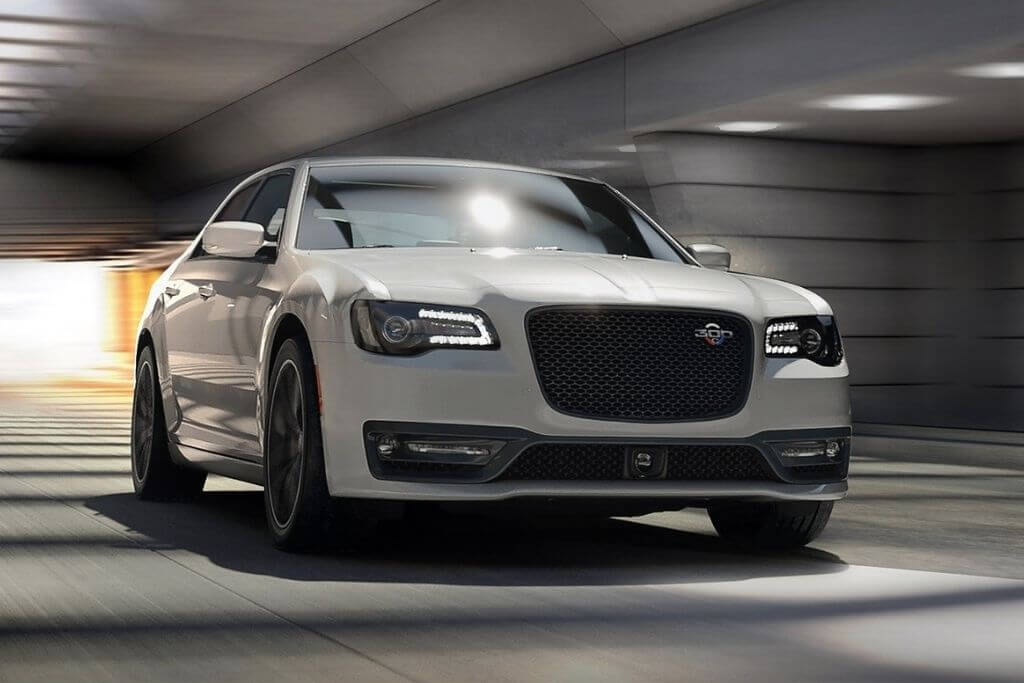Learn about the different types of gearbox on the market and how to choose when buying your car
Adverts
Car gearboxes play a fundamental role in vehicle dynamics and performance, offering drivers different driving experiences.
The manual gearbox, for example, provides direct control, allowing drivers to shift gears as required.
This not only provides a more engaging driving sensation, but can also result in greater fuel efficiency in some situations. However, it requires skill and constant attention from the driver.
Adverts
On the other hand, automatic gearboxes offer convenience, especially in urban traffic. With the ability to change gears automatically, these transmissions provide a smoother, more relaxed driving experience.
Automated technology, such as dual-clutch transmissions, combines the practicality of automatics with the option of manual shifting, providing a versatile experience.
Technological advances have also given rise to CVT gearboxes, which eliminate fixed gears by continuously adjusting the transmission ratio. These transmissions offer smooth driving and fuel efficiency, although they may lack the traditional feel of gear changes.
Torque converter automatics, on the other hand, are known for their smooth ride and are commonly found in luxury vehicles.
Automated manual gearboxes, such as DSGs, combine the interactivity of a manual gearbox with the convenience of automation, offering fast and precise shifts. In addition, hybrid vehicles often use continuously variable automatic transmissions (e-CVT), optimising fuel efficiency.
In short, the choice between the different types of gearbox depends on the driver's individual preferences, driving environment and lifestyle.
Whether it's the engaging feel of the manual gearstick or the convenience of the automatic, the diversity of options caters for drivers' varying needs, moulding the driving experience according to each individual's preferences.
Quick Index:
Manual gearbox:
- In this type of gearbox, the driver is responsible for engaging and disengaging gears via a gear lever and a clutch pedal.
- It offers greater control over the vehicle and is favoured by drivers who appreciate a more immersive driving experience.
- It may be more fuel-efficient in some situations, but it requires more skill and effort from the driver, especially in heavy traffic.
You might be interested:
- The 5 best online auction sites
- How to tell if an online auction site is reliable
- Discover the Car and Motorbike Auctions
Automatic gearbox:
- This type of exchange rate shifts gears automatically, without direct driver intervention.
- It provides a smoother ride and is particularly convenient in urban environments and congested traffic.
- Less effort for the driver, making it a popular choice for those seeking comfort and practicality.
Automated Gearbox (or Double Clutch Gearbox):
- It combines elements of manual and automatic transmission.
- It allows the driver to choose between fully automatic operation or manual shifting, often via selectors on the steering wheel.
- It offers fast and smooth gear changes, providing a dynamic driving experience.
CVT (Continuously Variable Transmission):
- Unlike traditional gearboxes, it has no fixed gears.
- It offers smooth driving and fuel efficiency by continuously adjusting the gear ratio.
- It may not provide the same feeling of control found in traditional transmissions, but it is effective in constant traffic situations.
Torque converter automatic gearbox:
- It uses a torque converter to transmit power from the engine to the wheels.
- It provides a smooth ride and is common in luxury vehicles.
Automatic Continuously Variable Transmission (e-CVT):
An electronic continuously variable transmission that combines CVT characteristics with electrical components, often used in hybrid vehicles for better fuel efficiency.
Double-clutch automatic transmission (DSG - Direct Shift Gearbox):
Similar to an automated gearbox, but with two clutches for faster and smoother gear changes.
Automated Manual Gearbox:
It combines aspects of manual and automated gearboxes, allowing manual or automatic changes according to the driver's preference.
Which is better?
The "best" choice will depend on what is most important to the driver. If someone values total control over gear changes and a more involving driving experience, a manual gearbox may be preferable.
If convenience and smoothness are priorities, an automatic gearbox may be the right choice. Each type of gearbox has its merits, and the decision must take into account personal preferences and the vehicle's context of use.
You may be interested:
- Antivirus: Is it worth investing in one?
- McAfee Antivirus: Is it worth it?
- Norton Antivirus: protect your devices
Did you like this content? Share it with your loved ones and save it to your favourites for future reference.







